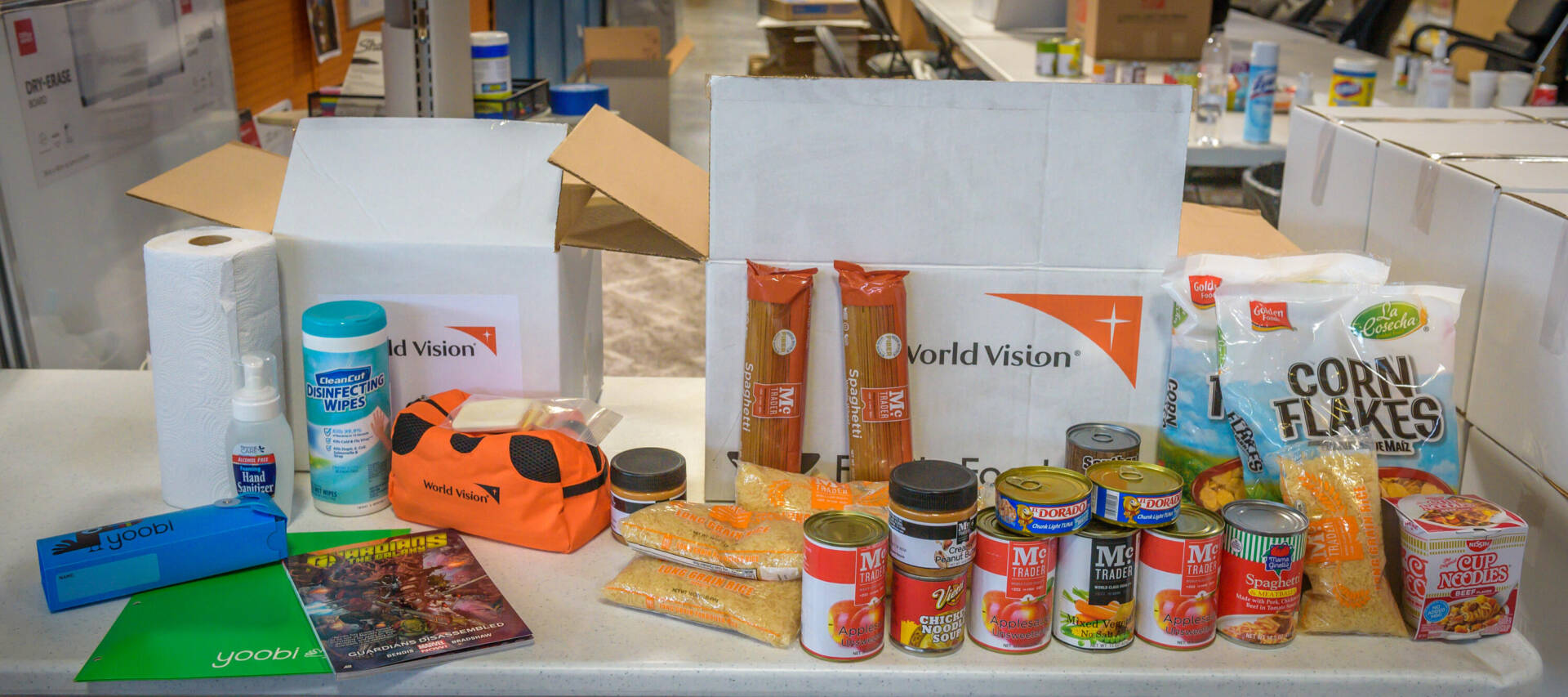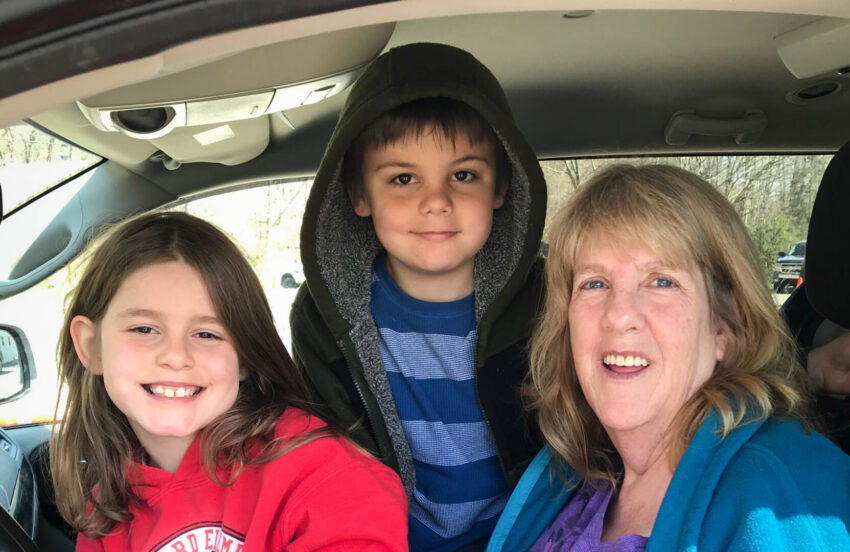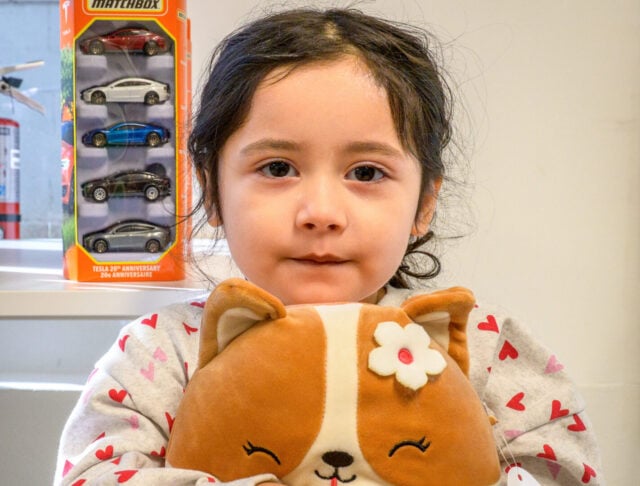For 17 years, Candace Shrader has worked in the Randolph County school system in West Virginia. Her mother also worked for the same school district for 17 years. It’s one of the biggest employers in the area. But now, because of COVID-19, she’s been laid off. At this point, school districts in the area are still uncertain as to whether or not they’d be able to open in the fall of 2020. So, Candace’s future employment remains uncertain.
She’s not alone. As of the end of May 2020, more than 40 million Americans have filed for unemployment.
Hardships faced
But Candace, age 60, and her husband have faced uncertainty and hardship before. Candace battled and beat thyroid cancer in 2013. Her husband, Steve, a 28-year National Guard veteran, fought in the Gulf War. A blast threw him off the top of a tank, injuring his back and legs. He and Candace fought to get him disability when he returned home. They finally received those benefits in 2003.
More recently they continued the fight. Steve needed knee surgery. It took them a year to get that in the books. “We actually had a surgery scheduled and because of COVID 19 we couldn’t have it,” says Candace. “It was scheduled the week they shut us down.”
She does look at some of the positives that the shelter-in-place orders have brought. “Well, I like being home with my grandkids instead of having to be at work all the time, so it’s given us a chance to reconnect. That part’s good.”
Nine-year-old Alayna and 7-year-old Bryce first came to live with Candace and Steve four years ago. That’s when their father, Candace and Steve’s son, got in a car accident and suffered a traumatic brain injury. The court system didn’t feel that he could properly care for the kids. Their mother was in jail at the time on drug-related charges.
“There’s a lot of drug use in our area,” says Candace. “A lot of our kids just survive.” Candace and Steve now have custody of the children.
Caring for the community’s children
Helping children do more than survive was part of what Candace did in her job as a teacher’s aide. She helped teach children to interact socially and modeled appropriate behaviors and how to control emotions. She explains that because of the area’s drug crisis, a lot of parents don’t interact with their children and thus don’t pass on these necessary life skills.
Candace didn’t start out as a teacher’s aide. She began her school employment as a custodian and then transferred to work as a cook and finally a teacher’s aide. But more recently, when COVID-19 caused the schools to shut down, she’s returned to her earlier jobs.
“I went in to help clean the schools. We scrubbed everything down — pens, pencils, pens, computers, desks, lockers. Nothing contaminated,” she says.
For the first three weeks after the schools closed down, Candace went in to help serve meals. “Some of the employees were afraid they would get infected and they refused to come out,” she says. “When it comes to feeding a hungry kid, I’m not going to say that I’m not going to do it.”
Alayna, who Candace calls Laney, worried about her grandmother when she had to go to work handing out meals after schools closed. “I’ve always been her security,” says Candace. “That really upset her because I was in contact with everybody. But they were my kids and I had to feed them.”
Creating a new normal
Laney has had a hard time being out of school. “Laney especially loves school,” says Candace. “This is especially devastating to her.” Laney’s also a competitive dancer; that’s on hold for the time being due to the restrictions put in place to curb the spread of COVID-19. That leaves her with time to worry about the problems going on in the world.
“Laney is scared, very scared. I didn’t realize how scared until we were talking about the schools opening,” says Candace. Then one day, when they weren’t discussing the virus, out of the blue Laney said, “I’m too young to die. I’ve got a life to live.” Candace says, “That about tore me apart.”
Concern over her grandchildren’s emotional well-being is only one of Candace’s worries. She wants to figure out how to keep a sense of normalcy for her children and other grandchildren who live nearby.
One way she did that was by preparing Easter dinner for the extended family. “I was the only one to touch the food,” Candace says. She then invited the whole family over, but in shifts to comply with the physical distancing rules. Candace also dyed 240 Easter eggs and divided them among the four families. That way each child could hunt eggs that were only theirs.
An increased need for food
But caring for Laney and Bryce continues to be her main focus. The kids are growing and need new clothes. And then there’s the ongoing need for food. The children used to get meal support through school when it was in session, but now Candace needs to provide those meals herself. She says, “It’s increased my grocery bill quite a bit.”

Understanding the increased need across the United States with schools being shut down and parents losing work due to COVID-19, World Vision started distributing Family Emergency Kits in March 2020. The kits include food to feed a family of five for a week along with essential supplies such as paper products and sanitizing items.
World Vision partners with churches and school districts around the country. School districts identify families with the greatest need and the churches act as the points of distribution (PODs) supplying the volunteers and location to distribute the supplies in a low-contact manner.
For someone like Candace, having access to the food through the Family Emergency Kits eliminates a nearly 45-minute drive to the nearest grocery store — a place where she and others in her community often can’t find what they need. “Supplies are especially hard to get these days,” she says. “It’s really hard on families to get there and then they can’t even get the groceries they need.”
Out of the hard times, Candace continues to find comfort in her family and the increased time she gets to spend with her grandchildren now. And she feels gratitude for the generosity of World Vision’s donors.
“I appreciate it more than they will ever know,” she says. “This has been a lifesaver for [my grandchildren] and for a lot of kids in the community.”


